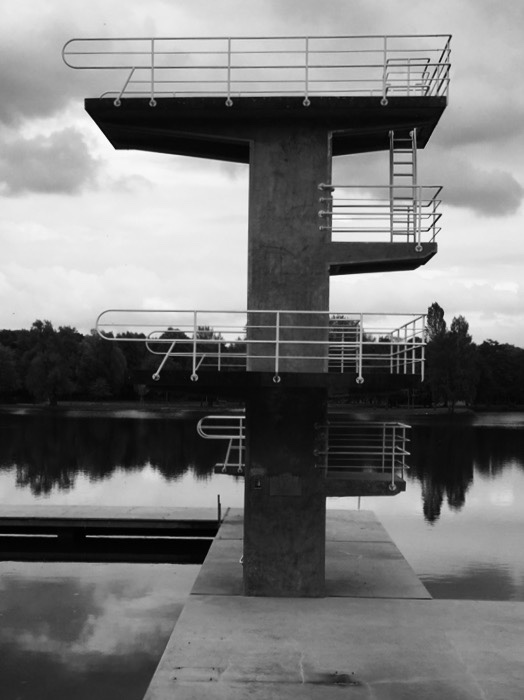The purpose of total internal reflection fluorescence (TIRF) is to selectively illuminate fluorophores that are right near a surface and not illuminate fluorophores that are further into the volume, above the surface.
Many TIRF applications require knowing the depth of the illuminated layer (e.g., for quantifying the motion of molecules or cellular organelles near the substrate). In principle, that depth can be calculated from the local refractive index of the medium and the incidence angle of the illumination at a given wavelength. But in practice, the actual depth is much less certain.
And sometimes, it is better to know, how deep is deep.
Why?
Optical near-field microscopies suppress background and generate contrast by the use of inhomogeneous ‘evanescent’ waves. For example, the optical sectioning of total internal reflection fluorescence (TIRF) is based on the excitation confinement of the evanescent wave close to a substrate-sample interface. How deep the excitation light actually penetrates the sample is often difficult to know, making the quantitative interpretation of TIRF data problematic.
What?
NANOSCALE will provide a unique multi-layered calibration slide for surface fluorescence, together with a dedicated software analysis tool. The nano-patterned slide features thin layers of non-fluorescent spacer, fluorescent and a non-fluorescent capping layer, all with the refractive index of a living cell. With the software tool, this nanoscopic axial ruler permits, for non-professional user, a calibration of fluorescence in terms of axial distance, a key requirement for quantitative near-surface optical imaging, spectroscopy and sensing.
For whom?
Our patented thin-film nanopatterning technology (WO 2020/053367,) algorithm and graphical user interface (GUI) offer a complete toolbox for characterising optical confinement in TIRF, SAF, and surface-plasmon coupled emission (SPCE) and optical waveguides. This package is of value for instrument manufacturers and service technicians to ascertain the performance of their instruments. It will become an inevitable quality standard for R&D and allow rigorous image quantification in research and industry.
Who are we?
We are a franco-israeli consortium of industrial (SME) and academic partners with more than 20 years experience in nanofabrication, plasmoncs and evanescent-wave fluorescence techniques. We have hands-on knowledge, we experienced the problems, and we combine the user perspective with a specific, unique set of skills to tackle a long-standing question in surface microscopies.
